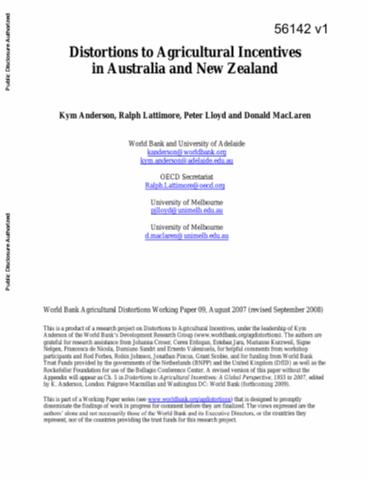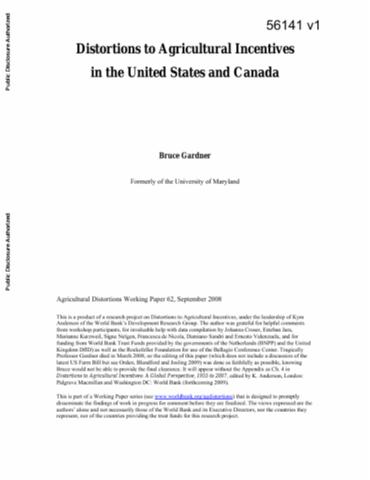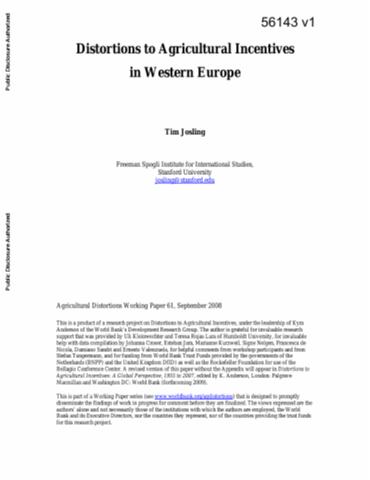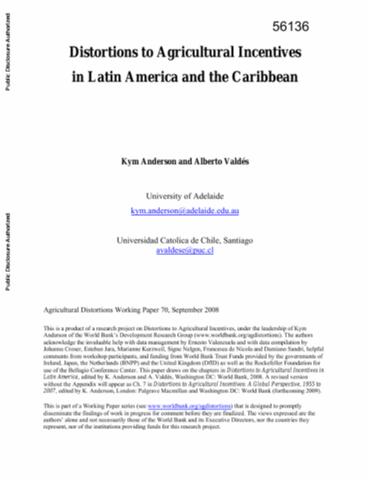Distortions to Agricultural Incentives in Australia and New Zealand
In 1990, Australia and New Zealand were ranked around 25th and 37th in terms of Gross National Product (GNP) per capita, having been the highest-income countries in the world one hundred years earlier. Those countries relatively poor economic growth performance over that long period contrasts markedly with that of the past 15 years, when these two economies out-performed most other high-income countries. This difference in growth performance is due to major economic policy reforms during the past two to three decades, both at and behind the border.









